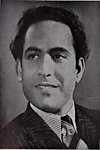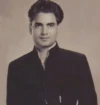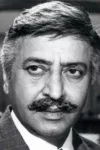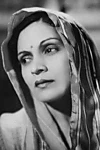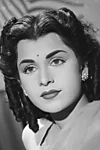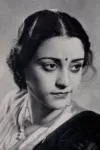Biography
(No Information)
Filmography
all 23
Movies 23
Producer 3
Director 2
Vazir-e-Azam
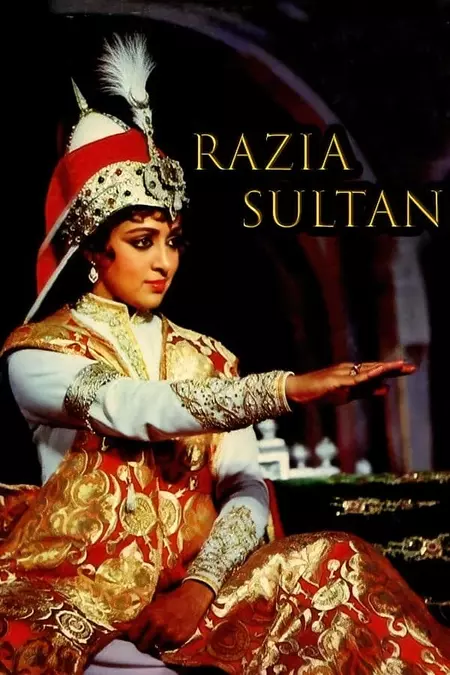
Razia Sultan (1983)
Movie
Actor

Rustom (1982)
Movie
Jamnadas

Ghar Ki Laaj (1979)
Movie
Raisaheb Surajbhan Chaudhary
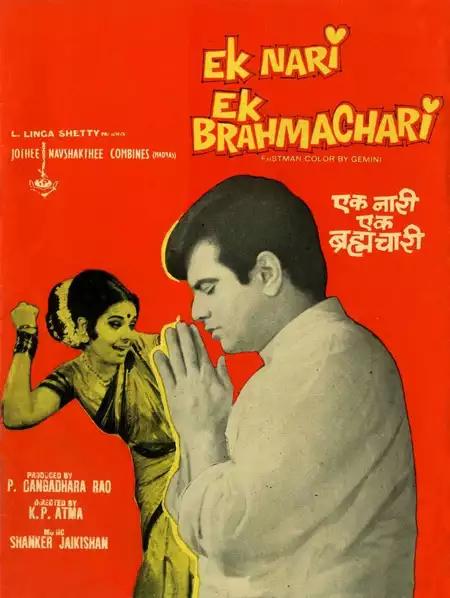
Ek Nari Ek Brahmachari (1971)
Movie
Anoop Sing

Jwala (1971)
Movie
Professor
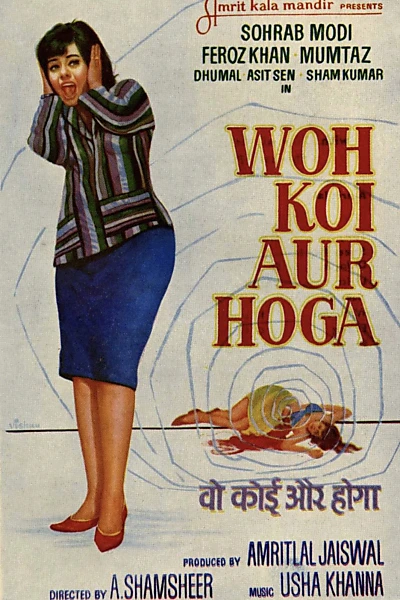
Woh Koi Aur Hoga (1967)
Movie
Ezra Johari

Yahudi (1958)
Movie
Dilip

Jailor (1958)
Movie
Sultan-e-Iran Nausherwan bin Kavad

Nausherwan-E-Adil (1957)
Movie
Maharaj Daljit

Raj Hath (1956)
Movie
Kundan
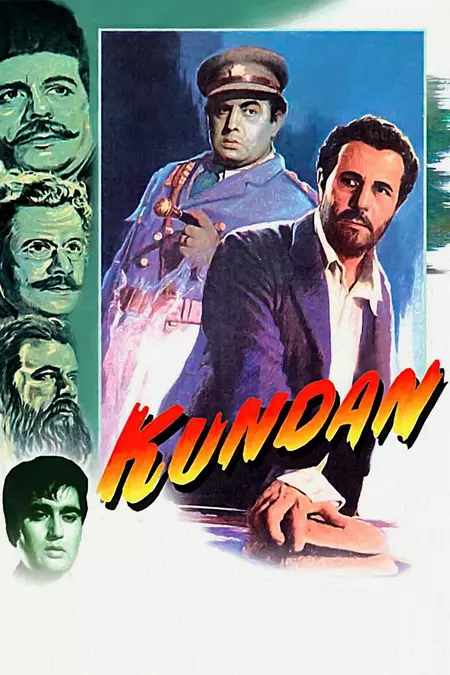
Kundan (1955)
Movie
Director
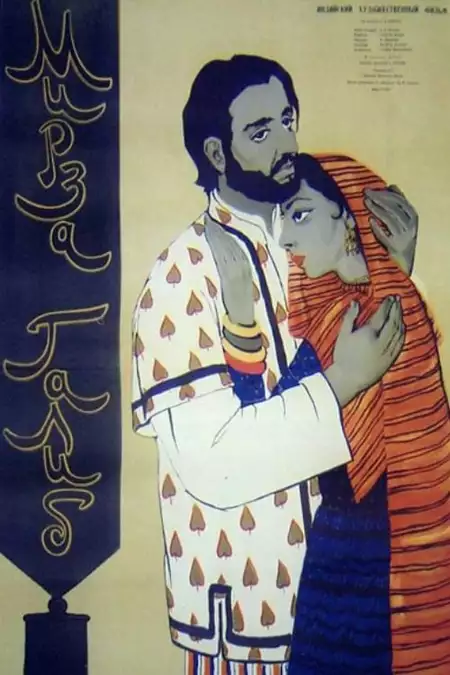
Mirza Ghalib (1954)
Movie
Producer
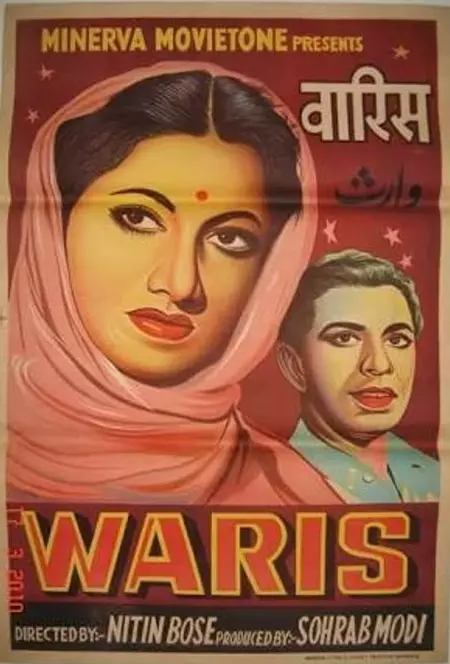
Waris (1954)
Movie
Raj Guru
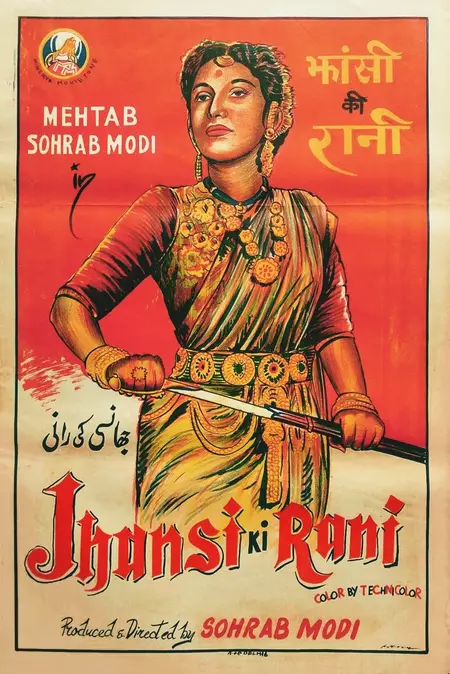
Jhansi Ki Rani (1953)
Movie
Thakur Jaspal Singh
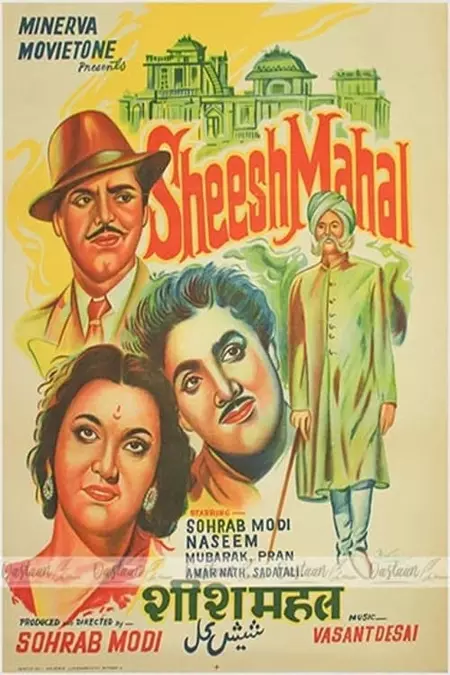
Sheesh Mahal (1950)
Movie
Producer
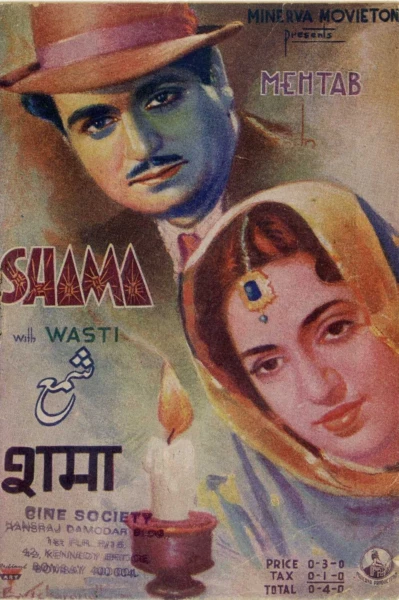
Shama (1946)
Movie
Director / Producer

Ek Din Ka Sultan (1945)
Movie
King Porus
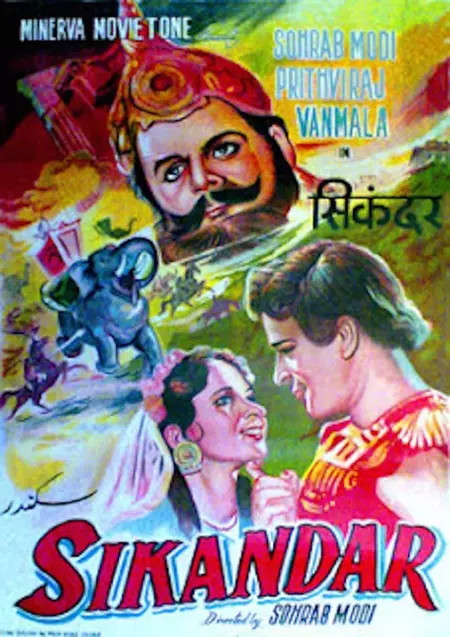
Sikandar (1941)
Movie
Director
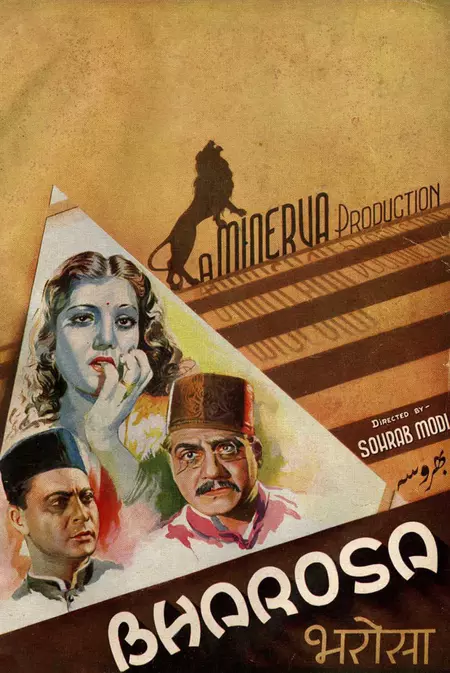
Bharosa (1940)
Movie
Sardar Sangram Singh
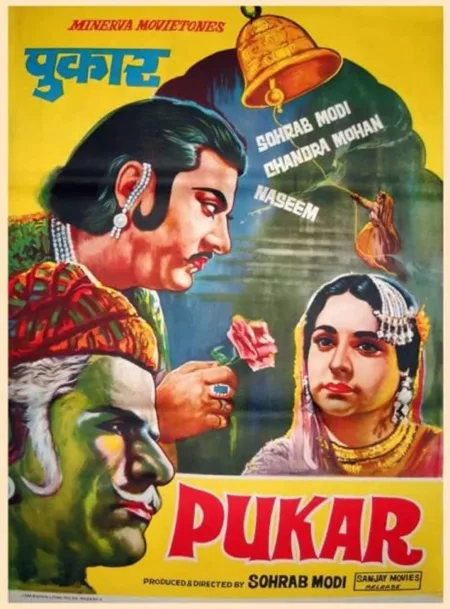
Pukar (1939)
Movie
The Jailor
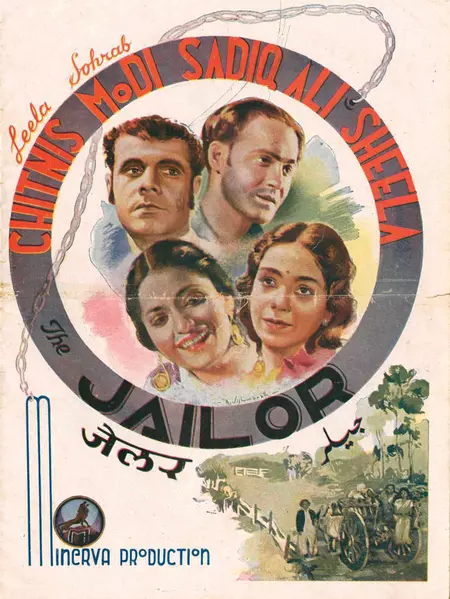
Jailor (1938)
Movie
Information
Known ForDirecting
GenderMale
Birthday1897-11-02
Deathday1984-01-28 (86 years old)
Birth PlaceMumbai, India
CitizenshipsDominion of India, British Raj, India
AwardsDadasaheb Phalke Award
This article uses material from Wikipedia.
Last updated:
 Sohrab Modi
Sohrab Modi- Filmography
- Information
- Related Persons

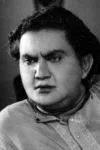
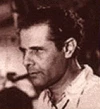 ,
,
